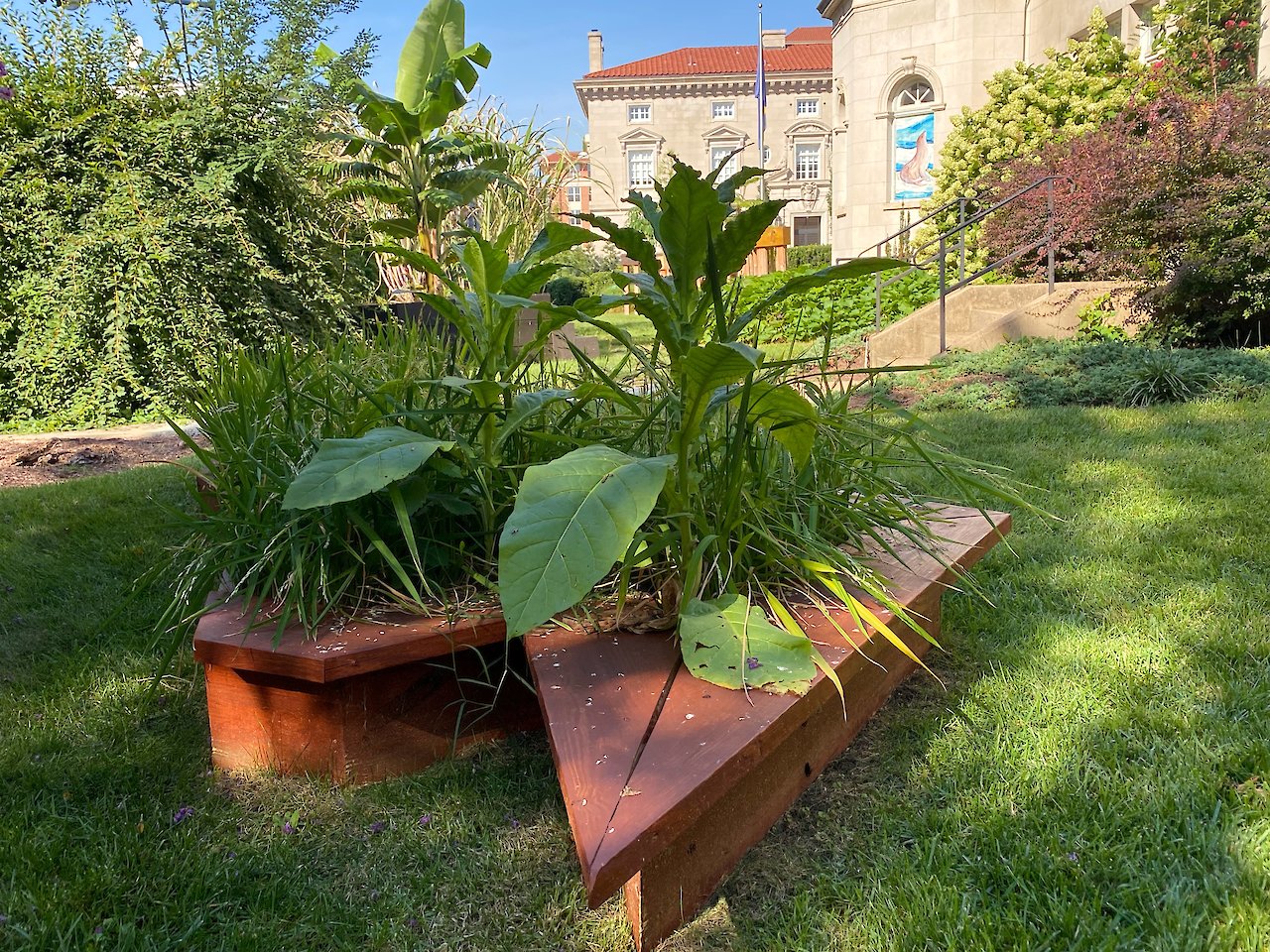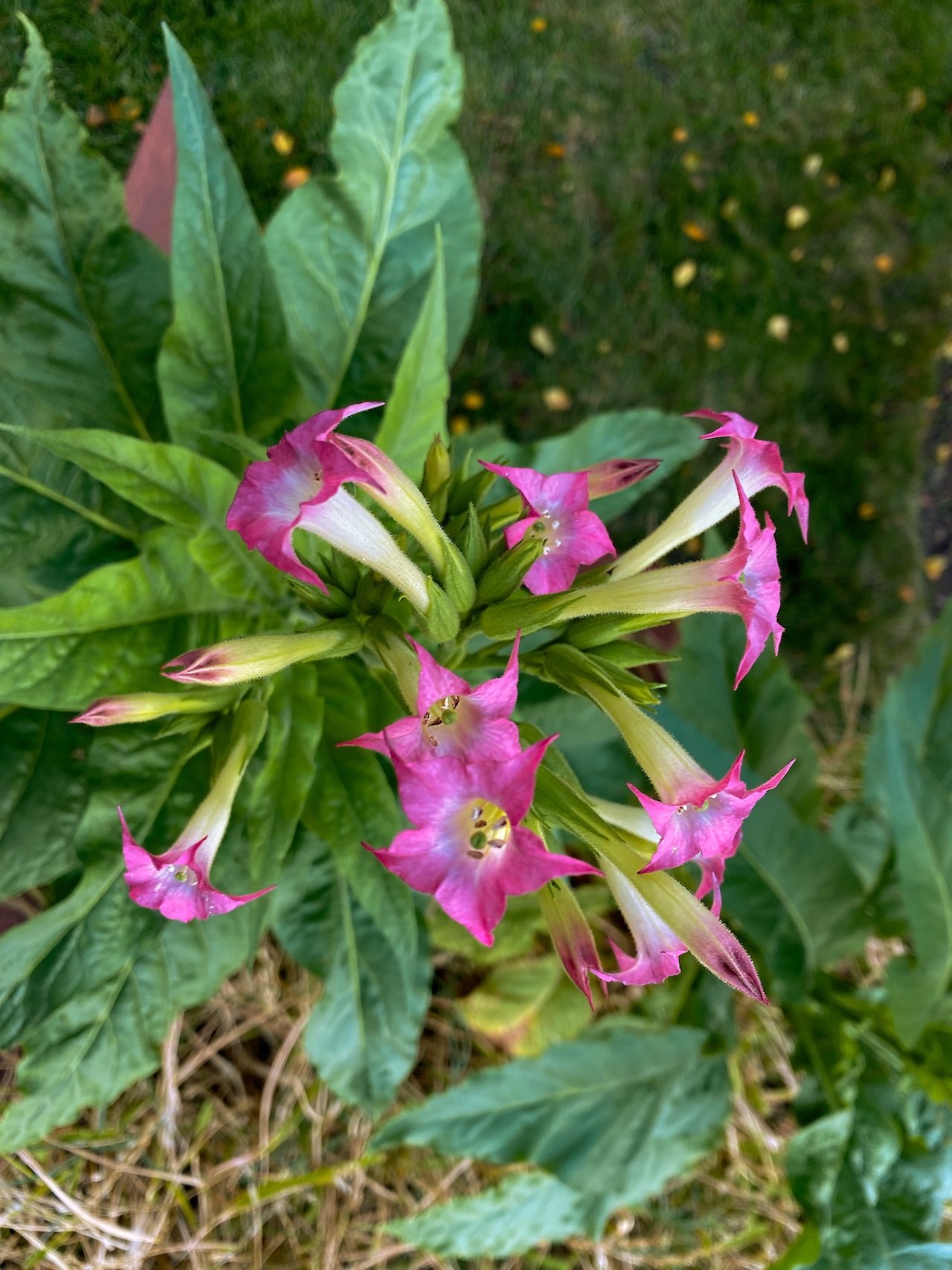St. Lazarus Islands (Philippines)
Stop 7B
Ecological capital
Legend
The height of the beds is connected with the natural resources produced and used by each of the countries today. The elevation of the beds represents the natural resources value, being the tallest the one with more Ecological Capital. This graphic contrast the percentage of global natural resources the country uses vs the percentage of global natural resources they have.
Demographics
- Native and others (98%)
- Western descent (2%)
Legend
The color of the beds is connected with the ethnographic diversity of the places they represent today. The colors ranging from natural wood to black reveal the demographic reality divided in this graphic between people from Western descent vs Native & others.
Tobacco
Nicotiana
Tobacco use has been documented for over 8,000 years. Tobacco cultivation likely began in 5000 BC with the development of maize-based agriculture in Central Mexico. Tobacco had already long been used in the Americas by the time European settlers arrived and took the practice to Europe, where it became popular. The Japanese were introduced to tobacco by Portuguese sailors from 1542, and soon after it spread into South East Asia with the European expeditions including to the Philippines by the Spaniards.
Magellan’s expedition arrived to the Philippines on March 16th and would remain there for almost two months. Once there he tried to convert the local population into Christianity, leading to a political dispute that ended in a confrontation that would take his life. Pigafetta talks about many plants found there.
Even if tobacco is not one of them, since it was actually introduced into the Philippines by later expeditions, its importance in the evolution of economic and agricultural globalization and the economy of the islands makes its presence in the garden mandatory.
Tobacco production reached its record in 1992 with 7.5 million tons, and since then has been decreasing. Today, around 6.7 million tons are produced globally. Even if China, Brazil and India lead the tobacco production, the importance of tobacco in the economy of the Philippines is very significant due to the laissez faire policies that presents tobacco companies with an environment ripe for exploitation. Tobacco production, similarly to pineapple, can also cause deforestation, contamination of drinking water due to use of pesticides, and rely on underpaid child labor.

